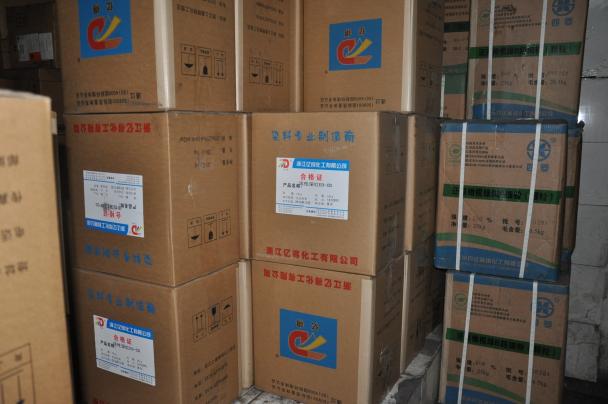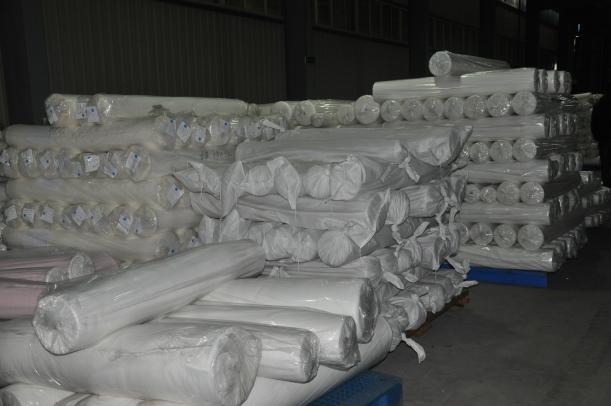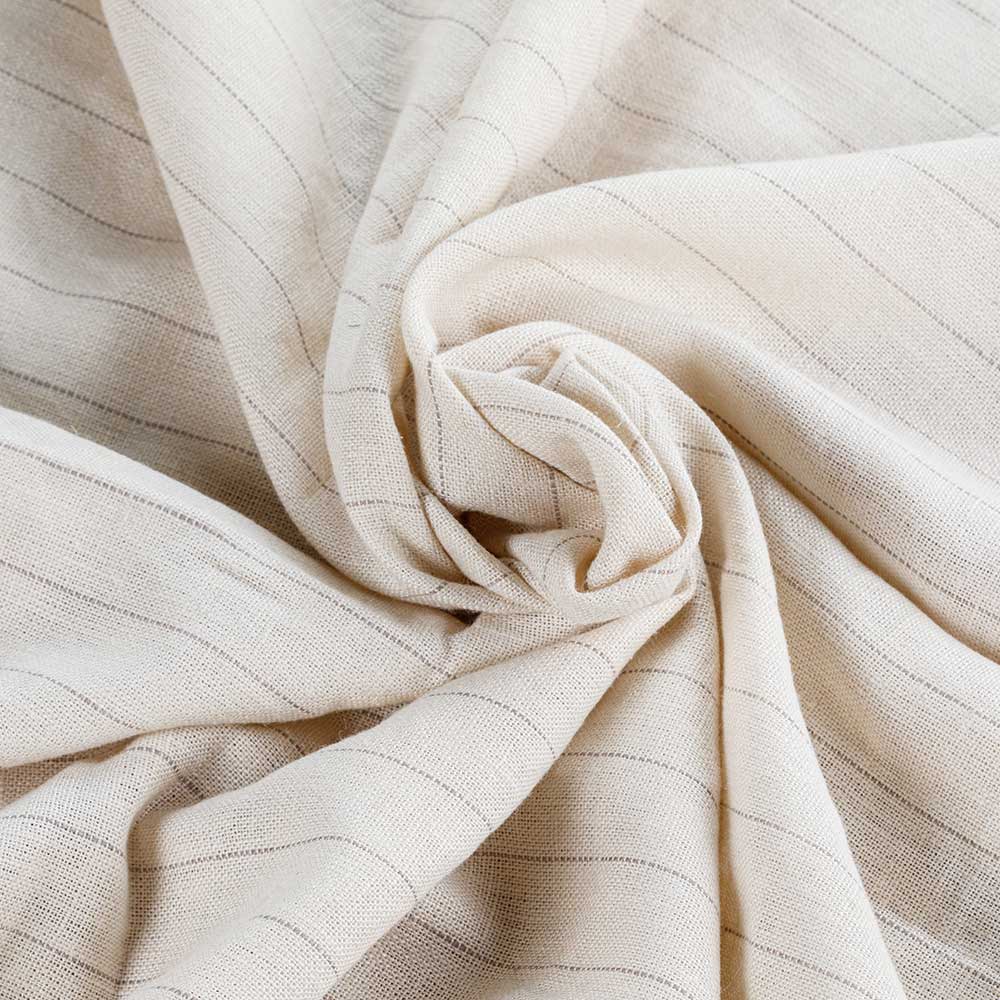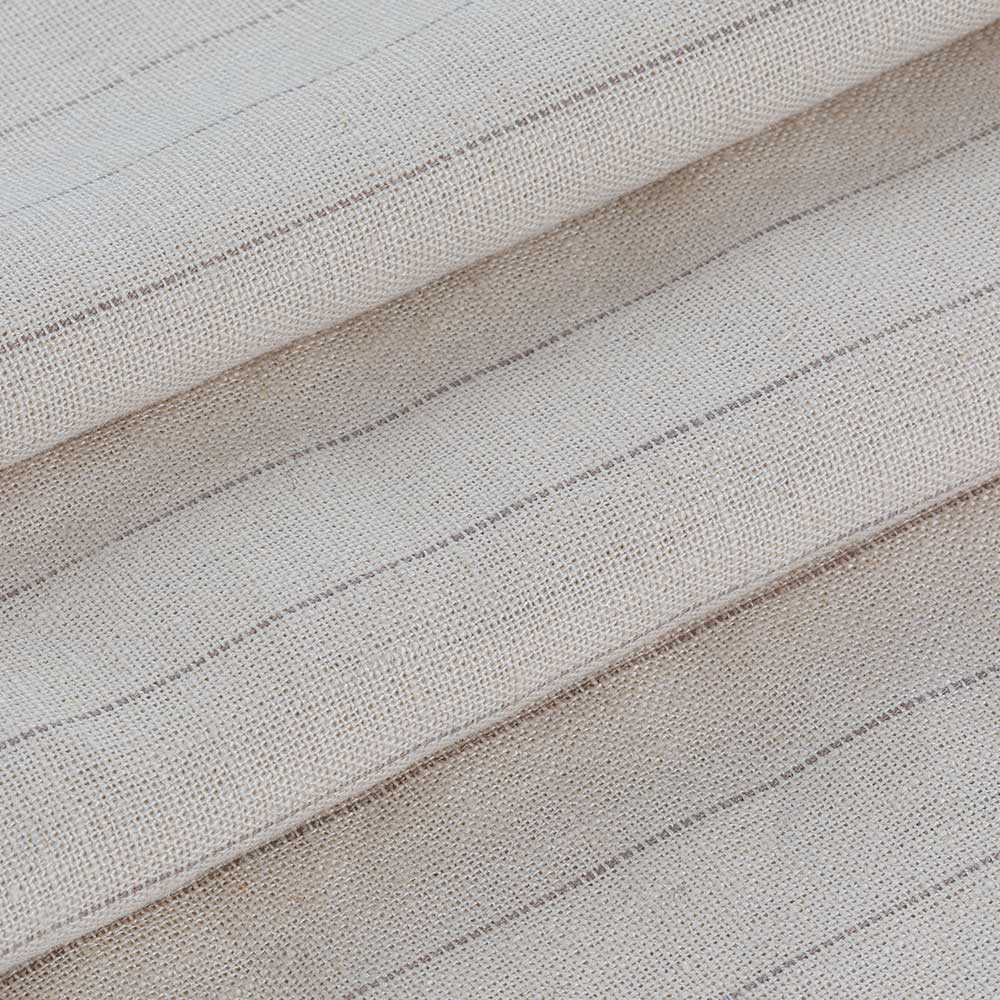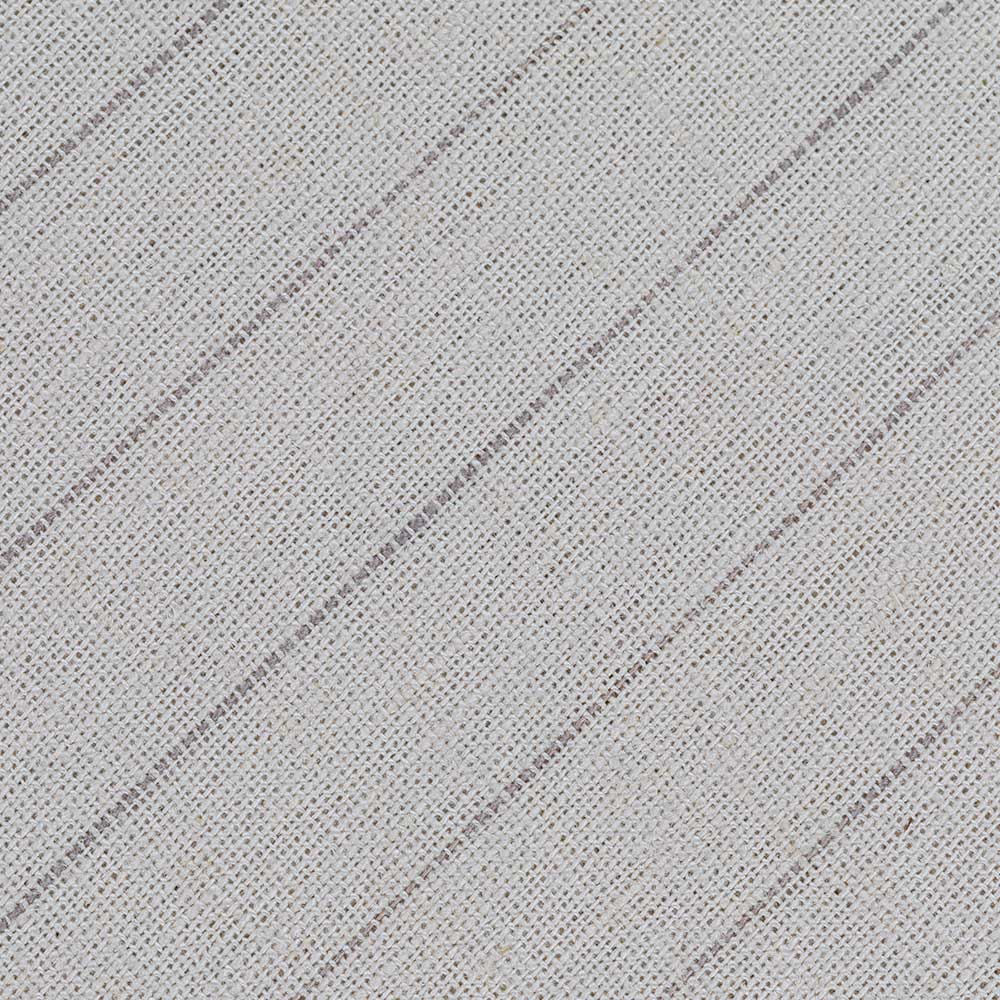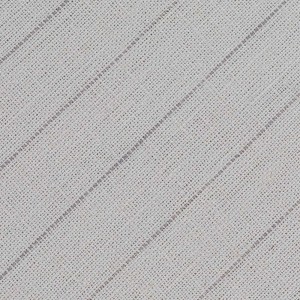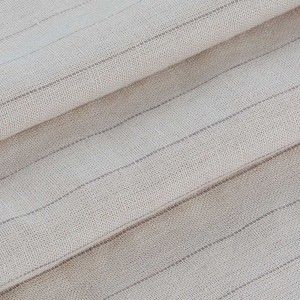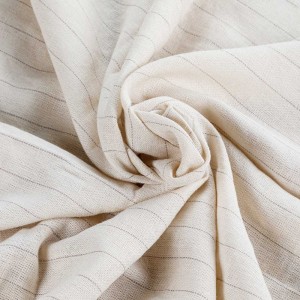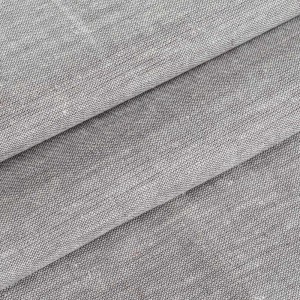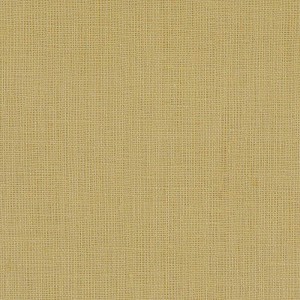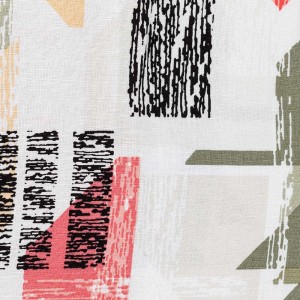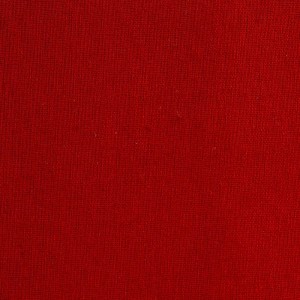|
Article No. |
22MH10B001S |
|
Composition |
55%Linen45%Viscose |
|
Construction |
10x10 |
|
Weight |
190gsm |
|
Width |
57/58" or customized |
|
Color |
Customized or as our samples |
|
Certificate |
SGS.Oeko-Tex 100 |
|
Time of labdips or Handloom sample |
2-4 Days |
|
Sample |
Free if under 0.3mts |
|
MOQ |
1000mts per color |
Keeping track of the latest market development we are actively engaged in offering an attractive range of Cotton Fabric. Our Cotton Fabrics is known for its excellent look and smooth texture. Clients can avail this cloth from us in various colors, designs, and patterns.
The first clothes, worn at least 70,000 years ago and perhaps much earlier, were probably made of animal skins and helped protect early humans from the ice ages. Then at some point, people learned to weave plant fibers into textiles.
Textiles are made from many materials, with four main sources: animal (wool, silk), plant (cotton, flax, jute), mineral (asbestos, glass fibre), and synthetic (nylon, polyester, acrylic). The first three are natural. In the 20th century, they were supplemented by artificial fibres made from petroleum.
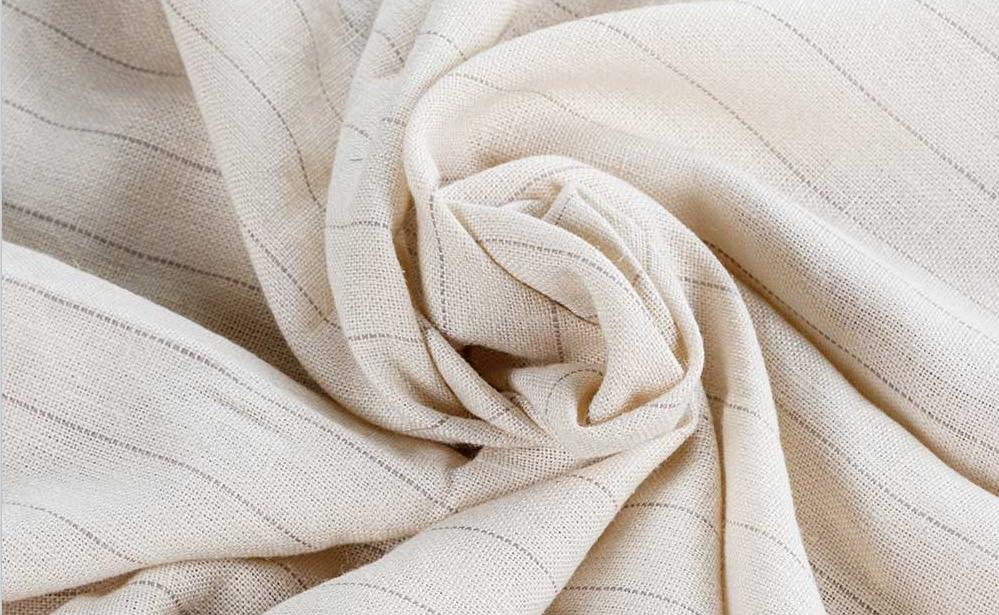
Textiles are made in various strengths and degrees of durability, from the finest micro-fiber made of strands thinner than one denier to the sturdiest canvas. Textile manufacturing terminology has a wealth of descriptive terms, from light gauze-like gossamer to heavy grosgrain cloth and beyond.
1. For scarf, home textile and carpet, usually one pc one poly bag.
2. For fabric, 2 ways of packaging, one is in roll packing with tubes and plastic bags,another is double folded with plastic bags.
3. We also accept your packing request.
